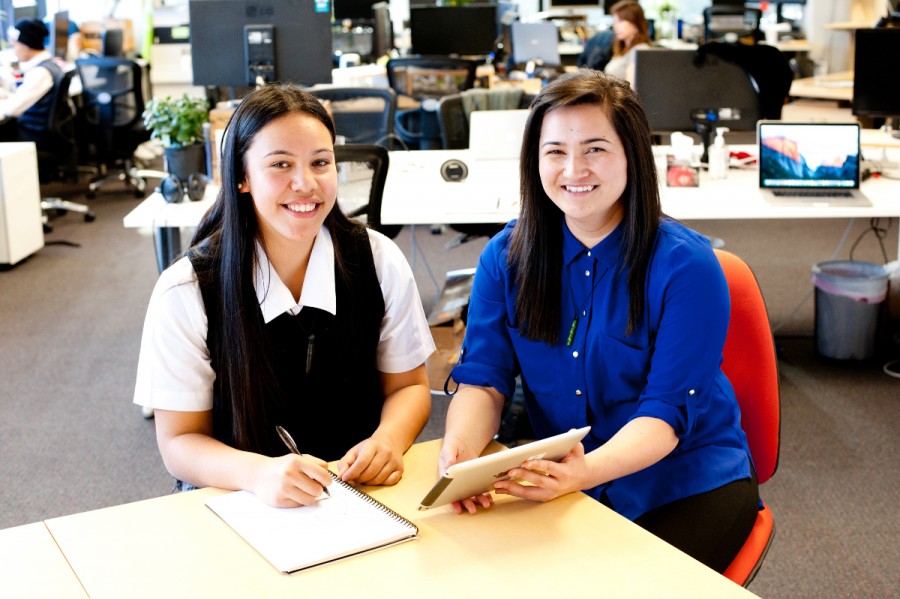Engaging with Māori
Practical advice on gaining the support, co-operation and contribution of whānau and Māori community leaders in school career education planning.
What's on this page?
How to encourage engagement with Māori communities
Schools can encourage the involvement of their Māori communities by:
Having a strong leadership team
This is likely to involve strong commitment from the principal and board of trustees to involve whānau representatives and key Māori community members using kanohi ki te kanohi (face-to-face communication) principles.
Having a vision for Māori education
Schools should have a powerful vision for Māori education (as opposed to a piecemeal reactive approach) that incorporates Māori values and aspirations through all its communications.
Developing relationships with key Māori in the community
Build relationships with local iwi or hapu or (where this is not possible) with key kaumātua in whom Māori parents have confidence.
Being open to parents' ideas
Understand and respond to the educational needs of Māori communities by taking into account the views of Māori parents. These have led to schools establishing homework centres, bilingual units and immersion education, and including in their strategic plans specific goals related to issues for Māori learners.
Being prepared to make changes
Schools should be prepared to change and should also have long-term strategies for change. Incremental change works best, usually over a number of years of committed work.
Setting goals
Ensure that challenging but achievable goals are set for staff and the community.
Effective consultation with Māori
Understanding how best to consult with Māori (see ideas listed below).
Opening the school to the community
Make school facilities (for example, halls and sportsgrounds) available for the community to use.
Creating relationships and networks with Māori organisations
Develop networks with organisations that serve Māori, such as marae committees, iwi social service providers, Maatua Whangai, kaumātua, iwi health providers, sports clubs and kapa haka groups.
Working with other schools
Work collaboratively with other schools to improve Māori education and the availability of te reo Māori.
Getting the most out of your consultation with Māori communities
Schools have found the following practices useful in consultation:
- Make sure everyone has a clear understanding of what the consultation seeks to achieve.
- Consult as early as possible and allow enough time for the community to consider and respond
- Be guided by Māori and give recognition and value to the community’s contribution, views and suggestions.
- Involve school leaders closely (including the principal and trustees) using kanohi ki te kanohi communication.
- Involve whānau and kaumātua, but also maintain ongoing relationships with iwi, hapu and marae when there are no specific issues to consult on.
- Seek guidance from kaumātua on appropriate ways of involving and consulting with iwi, recognising regional differences in kawa or protocol.
- Use marae as a venue for hui where appropriate, understanding that Māori consultation and decision-making processes may need to occur outside of the school consultation processes.
- Respect tikanga Māori.
Find out more
Other websites
- Ministry of Education website - information about Ka Hikitia, the Māori education strategy
- New Zealand Qualifications Authority website - information about NCEA and the whānau
- Te Kete Ipurangi website - information about He Kākano, a professional development programme to improve outcomes for Māori children
Updated 15 Jul 2024

